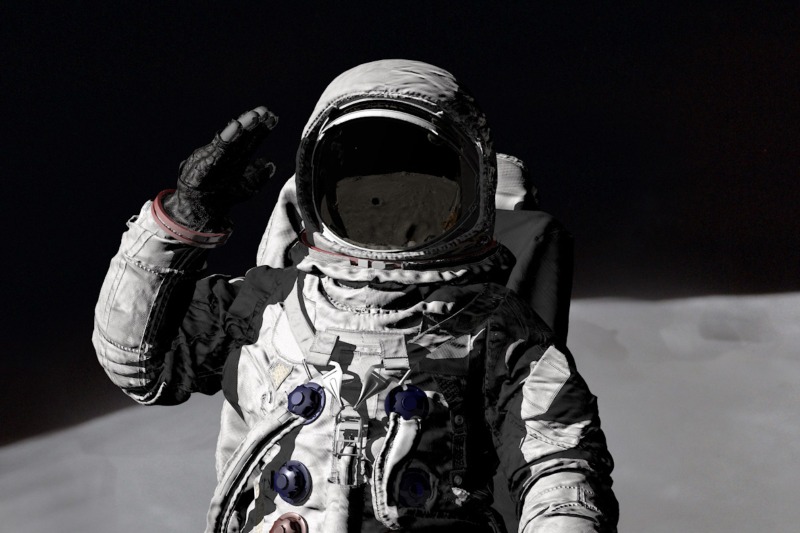‘Major Problem’ Found for Astronauts Traveling Long Distances

unusual headaches are among the unusual effects that the zero-gravity environment of space can have on the human body.
Recent research published in the scientific journal Neurology suggests that astronauts who have never had a headache before may develop tension-type and migraine headaches if they spend more than 10 days in space on a long-haul space mission.
Long-distance space flight may face significant challenges as a result of this, according to experts.
Investigating how their stay on the International Space Station affected their headaches, the paper examined 24 astronauts from NASA, the European Space Agency, and the Japan Aerospace Exploration Agency.
Nine astronauts had no headaches prior to the start of the study, and three astronauts had at least one significant headache that interfered with everyday activities within the previous year. Nobody had ever received a migraine diagnosis.
Of the astronauts who spent a total of 3,596 days in space, 22 of them reported having at least one headache during their time aboard the International Space Station (ISS).
Additionally, the researchers discovered that 92% of the astronauts suffered headaches while on space missions, compared to 38% who had headaches when on Earth before space flight. Ten percent of these headaches were migraines, and ninety percent were tension headaches.
“Changes in gravity caused by space flight affect the function of many parts of the body, including the brain,” study author W. P. J. van Oosterhout, a researcher at the Leiden University Medical Center in the Netherlands, said in a statement.
“The vestibular system, which affects balance and posture, has to adapt to the conflict between the signals it is expecting to receive and the actual signals it receives in the absence of normal gravity. This can lead to space motion sickness in the first week, of which headache is the most frequently reported symptom. Our study shows that headaches also occur later in space flight and could be related to an increase in pressure within the skull.”
Additionally, it was discovered that during space missions, these headaches were more severe and had a higher likelihood of being migraines during the first week of flight. During this first week, twenty-one astronauts reported having one or more headaches, for a total of 51 headaches—12 of which resembled migraines.
In the three months following their return to Earth, none of the astronauts complained of headaches.
Since the astronauts reported their own ailments, it’s possible that their memories weren’t totally accurate. Furthermore, this study just demonstrates a link between the two; it does not prove that space causes headaches.
“Further research is needed to unravel the underlying causes of space headache and explore how such discoveries may provide insights into headaches occurring on Earth,” said Van Oosterhout. “Also, more effective therapies need to be developed to combat space headaches as for many astronauts this a major problem during space flights.”